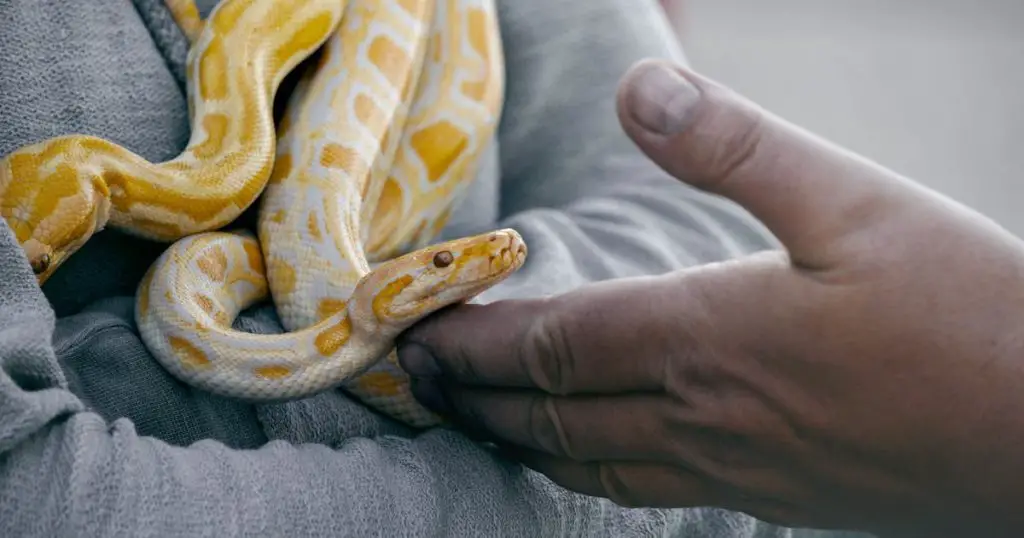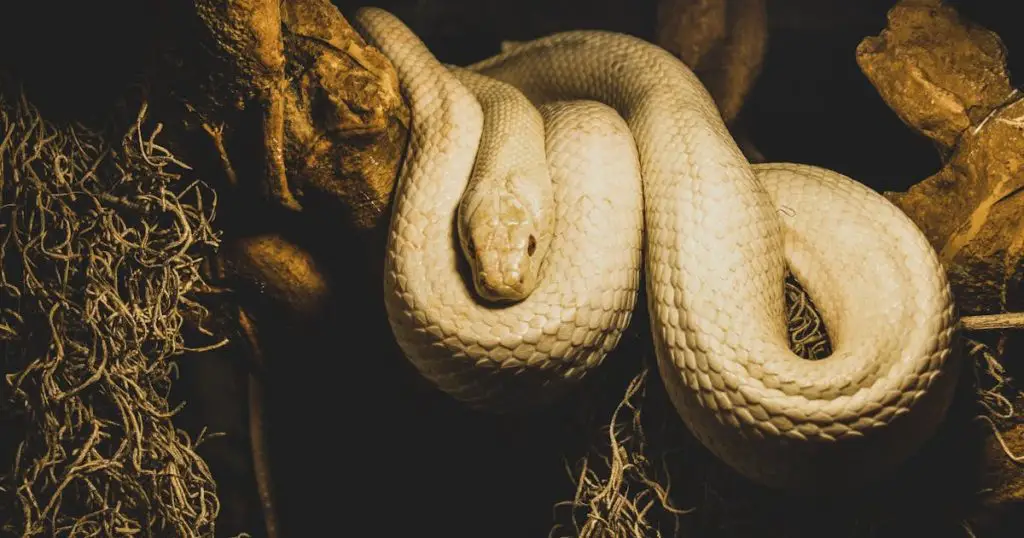Key Takeaway: Exploring Arizona's diverse landscape offers encounters with fascinating snakes, from the Western Diamondback rattlesnake to the vibrant Coral Snake. Both venomous and non-venomous species, like the Kingsnake and Gopher Snake, contribute to the region's rich wildlife tapestry, maintaining ecological balance and enriching our understanding of nature.
Arizona, renowned for its unique and diverse wildlife, is home to an astonishing array of snake species. In Prescott, a picturesque city nestled amidst scenic landscapes, residents and nature enthusiasts often encounter these reptiles.

Understanding the different snake species—venomous and non-venomous alike—can foster a sense of coexistence and appreciation for their roles in the ecosystem.
Venomous Snakes in Prescott: Recognizing the Danger
Prescott hosts several venomous snakes, including rattlesnakes and the elusive coral snake. The Western Diamondback Rattlesnake, identifiable by its diamond-shaped patterns and signature rattling tail, is common in Prescott. It is a potent predator and its venom can be dangerous if not promptly treated.
Another local resident is the Arizona Black Rattlesnake, noted for its dark scales and thick body. The Mojave Rattlesnake, possessing one of the most potent venoms of all North American snakes, is also found in the region.
The colorful Coral Snake, with its bright bands of red, yellow, and black, is less commonly seen but notable for its potent neurotoxic venom. It is often mistaken for the harmless kingsnake due to similar coloration. Identification of venomous snakes is crucial for safety.
For example, rattlesnakes have distinctive rattles on their tails, while the coral snake’s red bands touch yellow bands. Encounters with venomous snakes require caution. Keep a safe distance, do not attempt to handle them, and seek professional help if a snake needs to be removed.
Non-venomous Snakes in Prescott: An Examination
Prescott is home to numerous non-venomous snakes, including the Gopher Snake, the Common Kingsnake, the Sonoran Gartersnake, and the Arizona Striped Whipsnake. These snakes pose no direct threat to humans and contribute positively to the ecosystem.
The Gopher Snake, with its distinct blotched pattern, is often mistaken for a rattlesnake but lacks the rattle and the triangular head. The Common Kingsnake is notable for its vibrant black and white bands and is known to eat other snakes, including venomous ones.
The Sonoran Gartersnake, with its characteristic stripe pattern, is often found near water bodies hunting for amphibians and fish. Lastly, the Arizona Striped Whipsnake, a fast-moving, slender snake, is frequently observed in Prescott’s backyards and fields.
Identifying non-venomous snakes often involves looking for specific traits. Most non-venomous snakes have round pupils and narrow heads. However, it’s always safer to avoid handling any snake unless properly trained. Coexisting with non-venomous snakes can be harmonious.
They help control rodent populations and add to the region’s biodiversity. If a snake ventures into your home or property, consider contacting a professional removal service rather than handling the snake yourself.
Preservation and Conservation Efforts for Snakes in Prescott
Despite their essential role in ecosystems, snakes often face threats from habitat destruction, climate change, and direct human conflict. In Prescott, efforts are underway to conserve and protect these remarkable reptiles.
Local organizations like the Prescott Herpetological Society and governmental bodies like the Arizona Game & Fish Department are at the forefront of conservation efforts.
They engage in activities such as habitat restoration, public education, and species-specific preservation initiatives. Residents can contribute to these conservation efforts in various ways, including:
- Learning and spreading awareness about local snakes
- Creating snake-friendly habitats in yards
- Supporting conservation organizations, either through volunteering or donations.
Snake Safety Tips for Prescott Residents
Snake encounters are not uncommon in Prescott, especially during warmer months. However, with proper knowledge and caution, coexistence can be achieved safely. Here are some tips for staying safe around snakes:

- Educate yourself about local snake species and their behavior.
- Avoid wearing open-toe shoes and high grass areas when hiking or walking outdoors.
- Keep your home and yard free from debris and clutter, as snakes may seek shelter in these areas.
- If you encounter a snake, maintain a safe distance and observe it from afar. Do not attempt to touch or handle the snake.
- In case of a snake bite, stay calm, avoid movement, and seek immediate medical attention. Do not attempt to capture the snake but try to remember its appearance for identification.
Frequently Asked Questions
we will be delving into some of the most common inquiries and curiosities that surround our topic.
What is the most common snake in Prescott, AZ?
The Western Diamondback Rattlesnake is one of the most commonly encountered snakes in Prescott.
Are there any endangered snake species in Prescott?
Certain species like the Narrow-headed Gartersnake are considered threatened and are protected under state law.
How can I safely remove a snake from my property in Prescott?
Contact a professional removal service or the Arizona Game & Fish Department. Do not attempt to handle the snake yourself.
How can I contribute to snake conservation efforts in Prescott?
Education and awareness are key. Learn about local snake species, their importance, and how to coexist safely. Support local conservation organizations in their initiatives.
Summary: What kind of snakes are in Prescott AZ?
Prescott, AZ, is a hotspot for various snake species, each contributing to the rich biodiversity. While some, like the rattlesnakes and coral snakes, are venomous and demand caution, many others are harmless and play essential roles in maintaining ecological balance.
Understanding these snakes helps promote coexistence and conservation. It’s also a fascinating insight into Prescott’s vibrant natural life.



Leave a Comment
You must be logged in to post a comment.